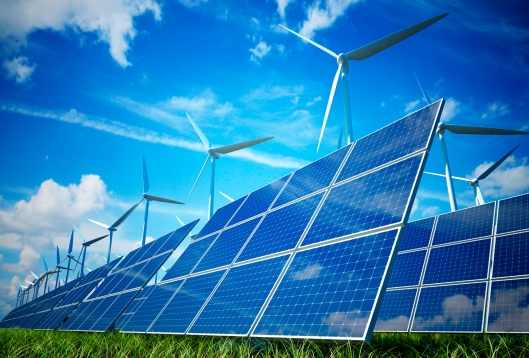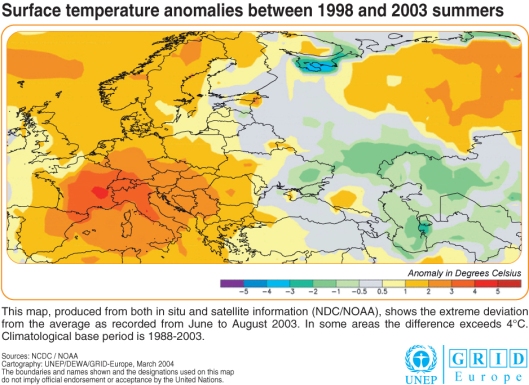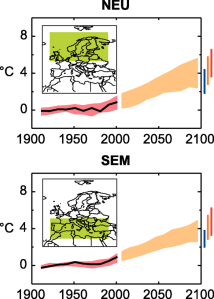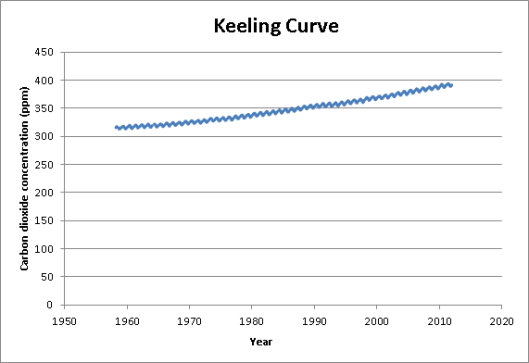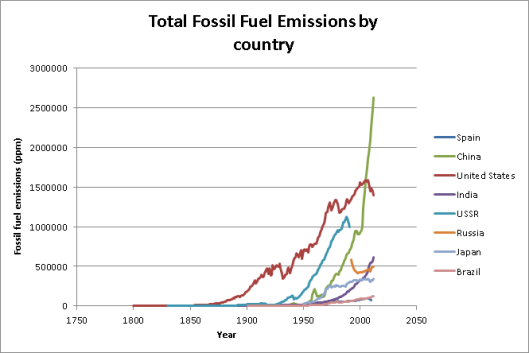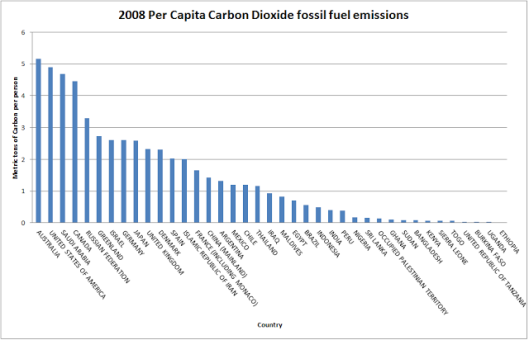In 2008 the first national report was made for the Europe country where Spain is located, and have been active on actions against climate change for a number of years since then. Actions has been taking in order to confront climate change in the future. These actions include renewable energy, reduce emissions from sectors outside the EU and geological storage of carbon dioxide and sets specific targets for 2020. The measures also contains a legally binding commitment to a reduce the greenhouse gas emissions of 20 % compared to 1990 levels by 2020. The two most important aspects that my country wants to pursue towards preparedness to adapt to future impacts of climate change is invest in renewable energy that is natural gas and most of it comes from the sun. Sunlight, or solar energy, is now used directly for heating and lighting homes and other buildings, for generating electricity, and for hot water heating, solar cooling, and a variety of commercial and industrial uses. The second effort is that they want to reduce the use per capita to the lowest they can by 2020 which will decrease the burning of fossil fuels.
The warmest temperatures that Europe experienced was in 2003 specifically in june were the temperature have raised by 3 to 5 degrees in the most of the southwest Europe, Spain’s area which made summer’s heatwave to come earlier than expected. What was very unsual is the heatwace were accompanied by extreme precipitation which was very unsual for Europe because it never rains during the month of june. This unexpected change in the weather has been affecting the agriculture production since then.
The picture above represents the extreme heatwave during summer 2003 throughout the Eurepean country.
In May 31st of 2002 , Spain joined the nation to ratify the Kyoto Protocol. The country planed and still planning to use protocol and to search for newer technologies to help with the environmental projects toward climate change. There are surely negative effects related to the protocol on the overall economy that Spain is very worried about;However, most countries are accommodating to decrease the use of oil and burning fossil fuels, which is the number one reason of climate change and global warming.
Spain is definitely mitigating in order to solve the problem related to climate change by using alternative energy sources and adapting reengineering efforts such as switching to solar energy. As I mentioned before solar energy is the most natural energy that doesn’t need any oil burning since it is all gathered from the sun through special equipments. Nowadays, Spain’s government is trying to require the use of solar energy in new buildings, for farm use, and industries.
My country should definitely continue mitigating and finding other natural alternatives energy sources for the future which not only will help with climate change but also for the benefit of the economy.
All information above was retrieved from the following links:
http://unfccc.int/resource/docs/natc/ec_nc5.pdf
http://www.ipcc.ch/publications_and_data/ar4/wg2/en/ch12s12-6.html
http://unfccc.int/kyoto_protocol/status_of_ratification/items/2613.php

